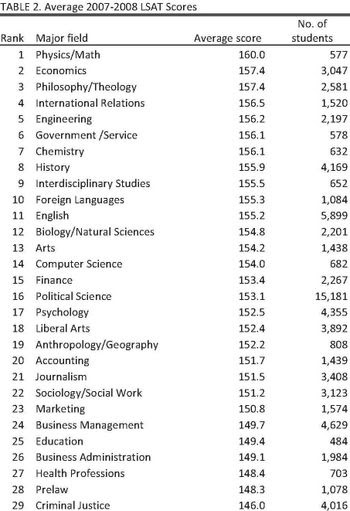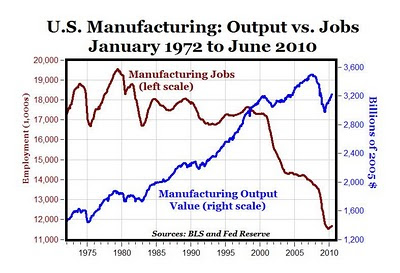Say what? You must be crazy, you say! Prices are rising way too fast!
Yes, most citizens see their purchases as becoming more expensive when, in actuality, things are becoming less expensive. Of course, the paradox is that although nominal prices (the actual price tag) are, in fact, increasing, nominal income (the average wage or salary) has been growing faster. This is a topic that in economics is called “real income” or a measurement that compares a nation’s income growth relative to the growth in prices that the same income buys.
Let’s take some specific facts for the United States:
In the United States real median household income grew from $41,318 to $50,811 from 1970 through 2006 for a total percentage gain of 23% (source: Pew Research Center). Both of the aforementioned median household incomes are stated in 2008 or current dollars which makes the comparison valid. Median household income is an attempt to quantify the progress that the “middle American” family or typical family has made. So, in short, the median household in America can buy 23% more with their income today than they could in 1970. In other words, relative prices are lower to income.
If we look at the same United States income data over the same period for real average household income, there is real income growth of nearly 60%. The higher growth (60%) in real incomes for the average household versus the median (middle) growth rate (23%) is explained by the fact that much of the growth in United States’ real incomes has accrued disproportionately to the college educated & entrepreneurs driving up real income growth rates much faster for the average than the median or middle household. (Hint: continue your education!)
Now let’s get back to the main premise of the title of this blog and the opening assertion that prices are lower than ever. What we are really saying is that you have to benchmark price increases to income increases to really understand whether things are becoming more expensive. The vast majority of products & services are cheaper today in all nations than they have ever been before, which helps explain, excluding the effects of the current recession, why more citizens than ever before can afford to own their own houses, drive more and better cars, and are likely to have cable, cell phones, and computers. The reason we are led to believe differently is because we are victims of our own human nature, which often causes us to focus on the problem areas (rising prices) and not the benefits (incomes that are rising faster). Most citizens’ focus expands out to the last dollar of their incomes and they quickly notice those select products that are rising faster than others like health care, gasoline prices, and education! Hey, even gasoline prices are not at an all relative price high. If gasoline prices in the United States are restated for inflation, or set to comparable 2009 dollars, they are $2.60 per gallon today vs. $3.17 in 1981 and $3.50 in 1918!
Now, you may say to yourself that statistics can lie or mislead and you are sure in your gut that things are getting more expensive relatively. You can try to validate that incorrect “gut feeling” by examining whether your country’s middle class is enjoying less or more products and services. “Real income” really is just a measurement of the quantity and quality of products and services that you have. For example, the average American household has larger homes, more cars, more air conditioning, more gadgets, and better healthcare & prescription drugs than, say, 20 years ago.
But let’s end this blog with a concern. Although everything noted above is accurate, the pace of real income growth has been relatively slow over the last 10 years, especially for the middle class in the United States. Most of that growth in real income mentioned above has occurred up until this current decade. For the last 10 years, median family income growth in the U.S. has been very small and the average income growth has been higher but below the U.S. historical experience. There are many reasons for this slowdown in real income growth, but three big reasons are that
- the U.S. has now had two recessions this decade (2001 and 2007-current, versus our historical average of only 1 per decade), and
- energy and health care prices have risen much faster, and
- foreign labor competition and technology advancement has kept the uneducated/unskilled U.S. workers real income relatively stagnant. More than ever before, a good education is the ticket to your economic future!
- Inflation is bad, right? Well, what if average prices rise by 2% a year but average incomes rise by 3%. What happens to real income in this situation? Is the average household better or worse off in such a scenario?
- How have trade and globalization contributed to rising real wages in America and Swizerland?
- How have trade and globalization contributed to falling nominal wages in America and Switzerland?
- How do improvments in technology contribute to rising real wages in both developed and developing economies? What about health and education?
- What types of policies can government pursue to help raise the real wages of the nation’s workers?





























